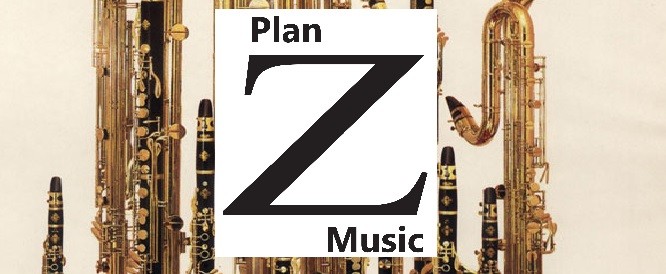First, a definition:
[Embouchure is] the mode of applying the lips and mouth to the mouthpiece of a wind instrument as expertly advised and the mode actually adopted or developed by a player for a particular mouthpiece of a wind instrument. (Maurice Porter, The Embouchure, Boosey and Hawkes 1967)
Whole volumes have been written about this complex subject which, by necessity, preoccupies players and is the subject of endless controversy and debate. I am not going to try to add substantially to this written material since nobody ever developed an effective embouchure by reading a book. I will, however, offer some thoughts and try to dispel some popular myths.
When given instruction about the importance of using lip and face muscles, many students make the mistake of thinking that this is to apply sufficient pressure against the reed; and the higher you go, the harder you have to bite. Some years ago, I taught a student who was preparing to perform the Artie Shaw Clarinet Concerto. Always ready to instruct me in how things should be done, he explained to me that to get the top C at the end (no, not that one, the one with four ledger lines), the player would require an extra hard reed.
“No you don’t,” I said.
“Yes you do, then it all works fine.”
“No you don’t,” I said, and took a Vandoren 1 from my drawer and fitted it to my fairly close lay American mouthpiece before playing a top C to him.
It’s tricky, mind you: any pressure on the reed simply closes up the mouthpiece so that you can’t even get air into the instrument. What you do need is precision in placement of the lower lip, jaw etc. and a very firm muscle tone in the lip to make the right shape which is then applied to the reed very lightly. Many muscles go into this: the orbicularis oris (lip muscle) and all the other facial muscles which are attached to it. The position of the tongue is also critical as high notes entail the generation of sound waves inside the head, behind the reed as well as in the instrument and these have to be shaped appropriately within the oral cavity. It’s all horribly complicated and very, very hard to teach as most tone production is invisible and highly conceptual.
Q: How do you make a beautiful sound on the clarinet?
A: Listen.
It is not so easy to stand at one end of a room playing and, at the same time, stand at the other end listening objectively, and I have sympathy for players when they forget to try. There is so much to concentrate on, reading the text, choosing fingerings, playing in time and so on. We can all be poor listeners, hearing what we want to hear instead of what is really coming out. But, if we can listen properly, the process is really very simple: if you listen you will ask all the right questions: “Do I like that? If not, why not? What do I really want? OK, so let’s see if I can find a way of getting there.” I can talk (and, indeed, often have talked) until the cows come home about embouchure, applying physics, physiology, psychology, cultural history; it gets the student almost nowhere. Get the student to listen and everything will flow from there.
